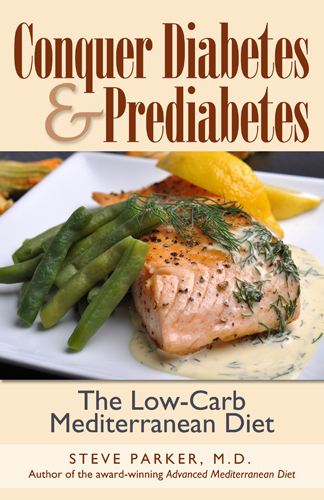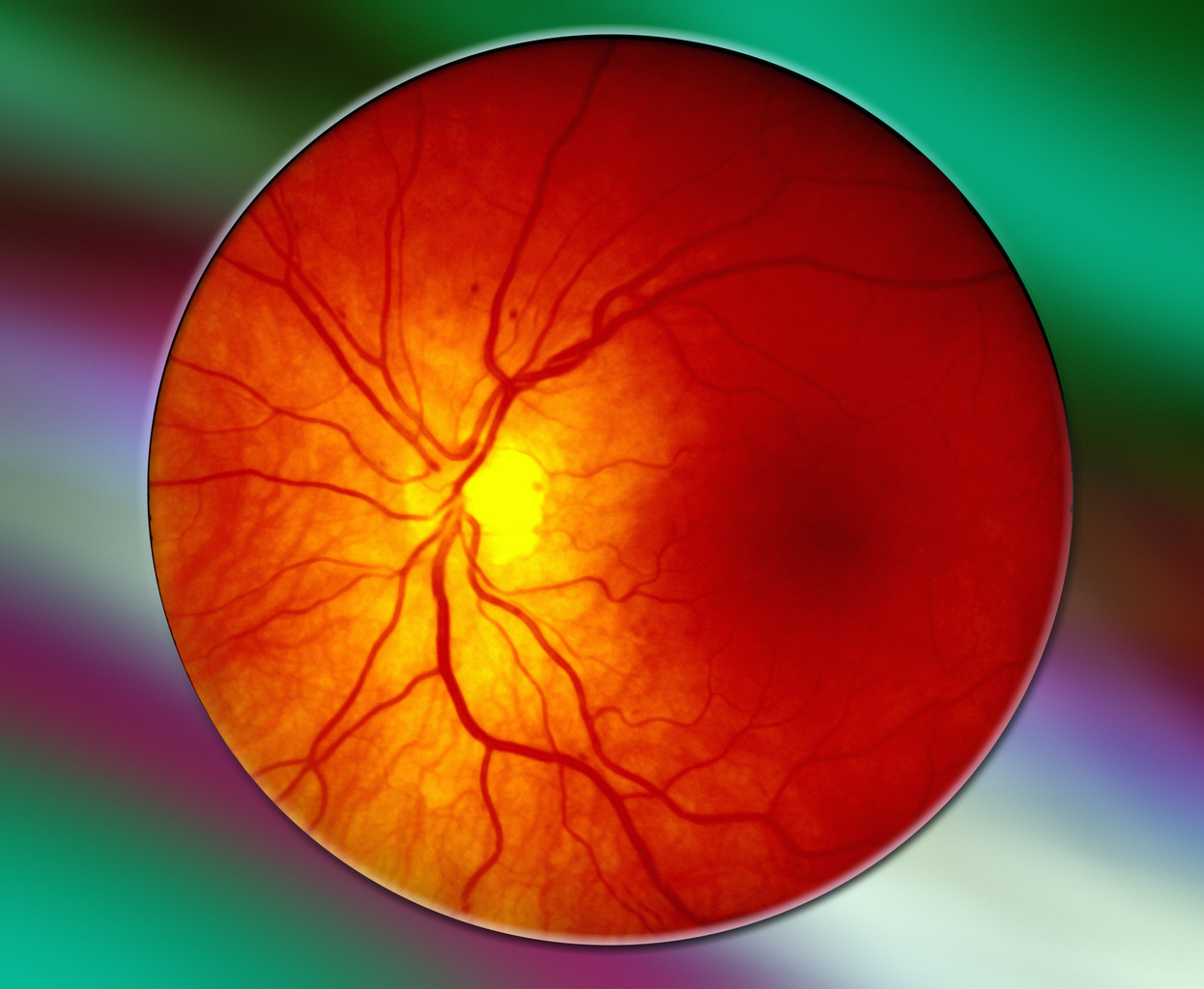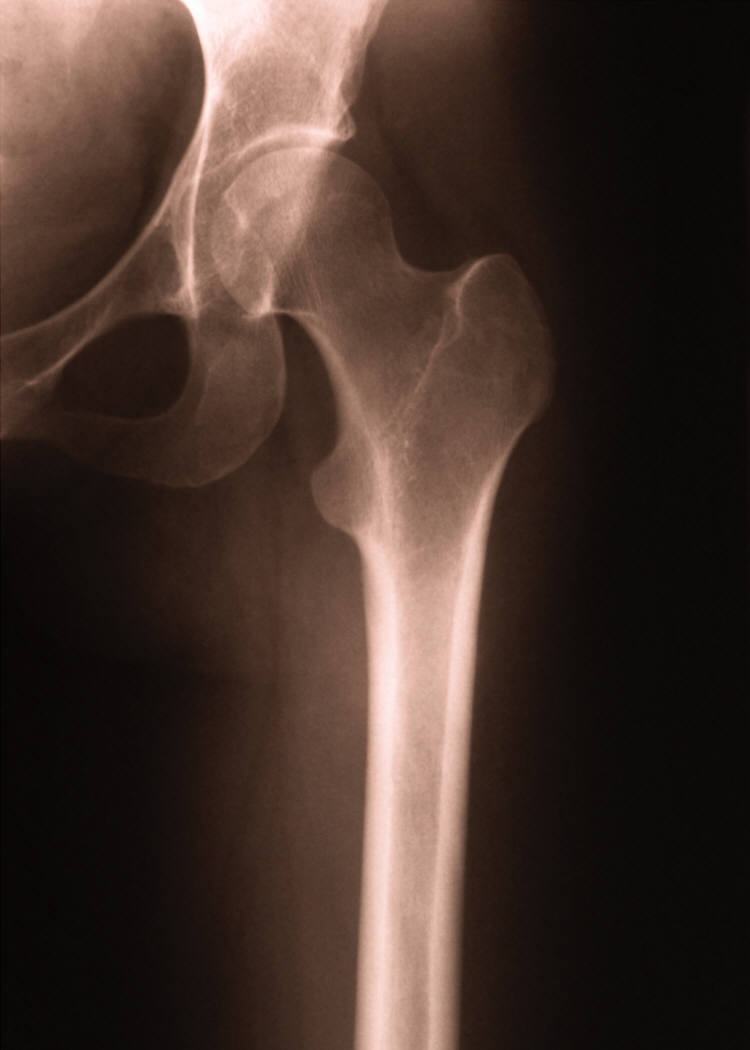
An article in the Journal of the Academy of Nutrition and Dietetics found an association between overweight/obesity and consumption of ultra–processed foods in U.S. adolescents.
The study looked at 3,600 adolescents who reported their food intake over a 24-hour period. The results are pretty strong: the more ultra-processed food consumed, the greater the odds of overweight and obesity.
Jan at The Low Carb Diabetic blog reported that:
Ultra-processed foods make up ‘two-thirds of calories consumed by children and teens’
Experts from Tufts University in Massachusetts studied two decades of dietary data to 2018 and found that the amount of calories young people consumed from ultra-processed foods jumped from 61 per cent to 67 per cent.
I’m not paying for the JAND scientific report so I don’t know how they defined ultra-processed foods. The definition varies quite a bit over time, by researcher, and by research goals. From the U.S. National Library of Medicine:
The definitions [of ultra-processed foods] used in 2009, 2010, 2012, 2014, and 2016a represent the definitions used from publications devoted solely to that purpose and are heavily referenced in the literature on ultra-processed foods. The definitions used in years 2015, 2016b, and 2017 are from articles that focused on the relation between ultra-processed food intake and public health nutrition, in which definitions of ultra-processed foods are presented in detail in the article. The first definition alludes mainly to the use of both food additives and salt in food products (6). The second introduces the putative impact of ultra-processed foods on accessibility, convenience, and palatability of ultra-processed foods (8). Subsequently, the definitions become longer and include more elements. Thus, the third definition builds on previous definitions but introduces 2 new angles (9). One is the nonavailability of ingredients used in ultra-processed foods from retail outlets such as supermarkets, and the second introduces food additives as the most widely used ingredients, in numerical terms, in the manufacture of ultra-processed foods. The next definition now introduces the role of food fortification as a defining element of ultra-processed foods (4). Further definitions introduce new elements such as the importance of foods synthesized in a laboratory, based on organic materials such as oil- and coal-based additives and flavoring compounds (10), a specification for the minimal number of ingredients to be found in these foods (5), and then an emphasis on the inclusion of salt, sugars, oils, and fats as a starting point for defining ultra-processed foods. This definition gives details of specific categories of food additives and highlights how the intended use of these additives is to imitate sensory qualities of fresh or minimally processed foods (group 1) or to specifically disguise undesirable qualities of ultra-processed foods (11). The final definition from 2017 (12) is quite similar to that used in the 2016b publication (11).

If you want to dive deep, you can download a list of ultra-processed food examples from that NLM article. I didn’t. But I figure the way to avoid over-processed foods is to eat food closer to the way God made it rather than man-made.
Steve Parker, M.D.












